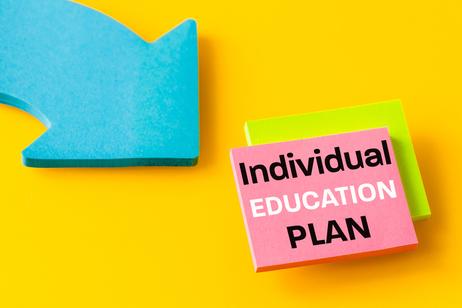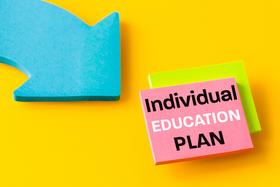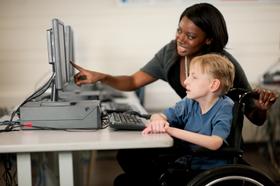Introduction: The Reality of Learning Differences
Learning differences and disabilities are more common than many people realize.
- According to the National Center for Education Statistics, about 14% of all public school students in the United States receive special education services.
- This means that in a typical classroom of 30 students, at least four will likely have some form of learning difference.
Facing Reality
When parents discover their child has a learning difference or disability, it can be an emotional rollercoaster.
- Initial reactions often include shock, denial, and even self-pity.
- It's natural to feel overwhelmed, but it's crucial not to dwell on these emotions.
- Your child needs you now more than ever, and taking prompt action is key to ensuring they receive the support they need to thrive.
I know this firsthand, as my eldest adopted son was thirteen years old when he came to live with us.
- He read at a Grade 2 level.
- We didn't panic. We acknowledged his issue and took him to a professional who recommended a special needs school.
- After 4 semesters of primarily one-on-one instruction, my son could read at his grade level.
- It's a scary, worrying experience, but with all the excellent resources available, a favorable outcome is entirely possible.
Understanding Learning Disabilities
Learning disabilities are neurologically based processing problems that can interfere with learning basic skills, such as reading, writing, or math. They can impede higher-level skills like



































